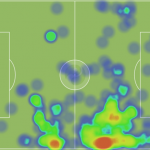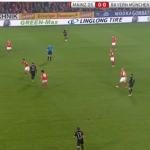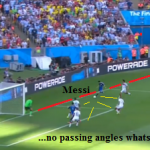Effective Flank Play in the Attacking Half
By Eric Clermont - The following session is a technically/ tactical progressive session based on teaching a team playing in a 4-3-3 formation how to effectively attack on the flanks. The session can effectively be adapted to teach a team playing in a 4-4-2 formation too. Warm Up Organization: The #2, #3, #7, #8, #9, #10
Continue reading



